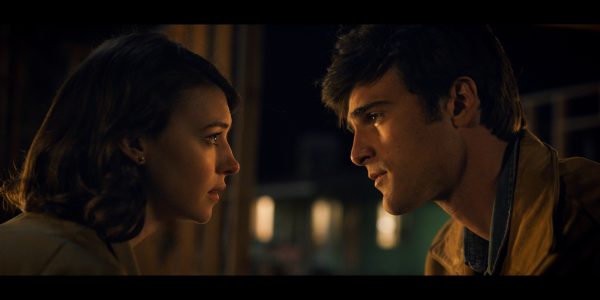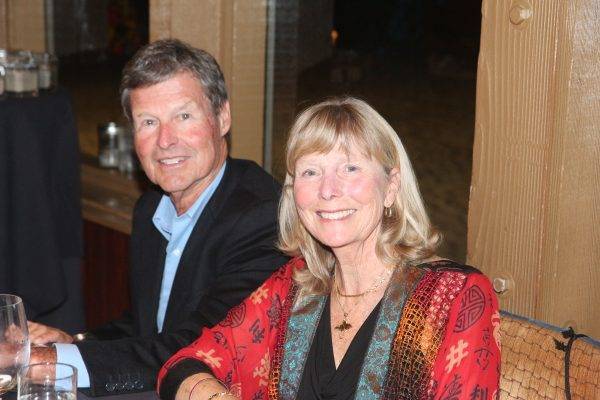Birney Elementary School is among the smallest school sites in Redondo Beach — an eye test from a map tells you that you could drop Birney’s land area directly onto that of most any school in the Redondo Beach Unified School District and still have space left over.
So when District Superintendent Dr. Steven Keller calls the school’s field a “postage stamp,” that’s not much of an exaggeration. But for years, that postage stamp has, more often than not, looked like a dust bowl.
“We’ve tried every type of grass on that field,” Keller told the Redondo Beach Board of Education in a discussion item at Tuesday’s school board meeting, “only for it to ultimately die off.”
That’s why the District is considering the installation of an artificial turf field at Birney Elementary School. RBUSD has already installed artificial turf at Alta Vista and Washington Elementary Schools, Adams and Parras Middle Schools and Redondo Union High School.
Birney’s field is a constant chase for the district’s maintenance team, Keller said. District staff has spent approximately $25,000 a year over the past four summers installing and researching grass fields only for them all to fail.
“Our students like to play football and soccer, and we have students rolling around in dirt, almost,” said Birney Principal Mira Baskaron. “We have beautiful facilities, but we can’t mop enough; our carpets will be cleaned and go back to being dirty just as quickly.” Moreover, Baskaron said that the dirt fields are a health issue for students with asthma and allergies.
The biggest issue, of course, is cost. Installation of the field would cost the district approximately $350,000 in startup fees.
That price tag had board member David Witkin balking; earlier in the night, the board held a hearing related to increased developer fees going to the district, with an eye toward new housing developments in Redondo Beach. “We’re already at a shortage of classroom capacity in our elementary schools,” he said, referring to his fellow board member Brad Serkin’s argument that the district is “going to have to spend real dollars to handle increased enrollment.
“I respect your advocacy and the issues we’re facing, but the issue for me is, what are our priorities at this point?,” Witkin said.
In response, Keller stressed two points: One, that something absolutely must be done, whether it’s attempting to re-sod the field again, installing field turf, or even paving over the field entirely. “Two…physical education is part of our core curriculum. Inside, our facilities are stunning. I want the outside to be just as stunning for a classroom space that is the field,” he said.
In response to Witkin’s concerns regarding classroom space, Assistant Superintendent Janet Redella said that the district has ideas in place, from building new rooms at the high school to converting existing spaces at the elementary schools.
Deputy Superintendent Annette Alpern also said that the district has found student wellness to be one of their “great successes,” particularly with a reduction in childhood obesity over the past ten years. “It’s nice to have a good field, but it’s key to have quality P.E. programs in our schools,” she said.
“It’s like having three [failing] portable classrooms, with leaking roofs and bad electrical,” Keller said of the field. “It’s potentially cheaper to knock them down and put up a brick-and-mortar. Yeah, it isn’t a classroom, but it’s a classroom space.”









